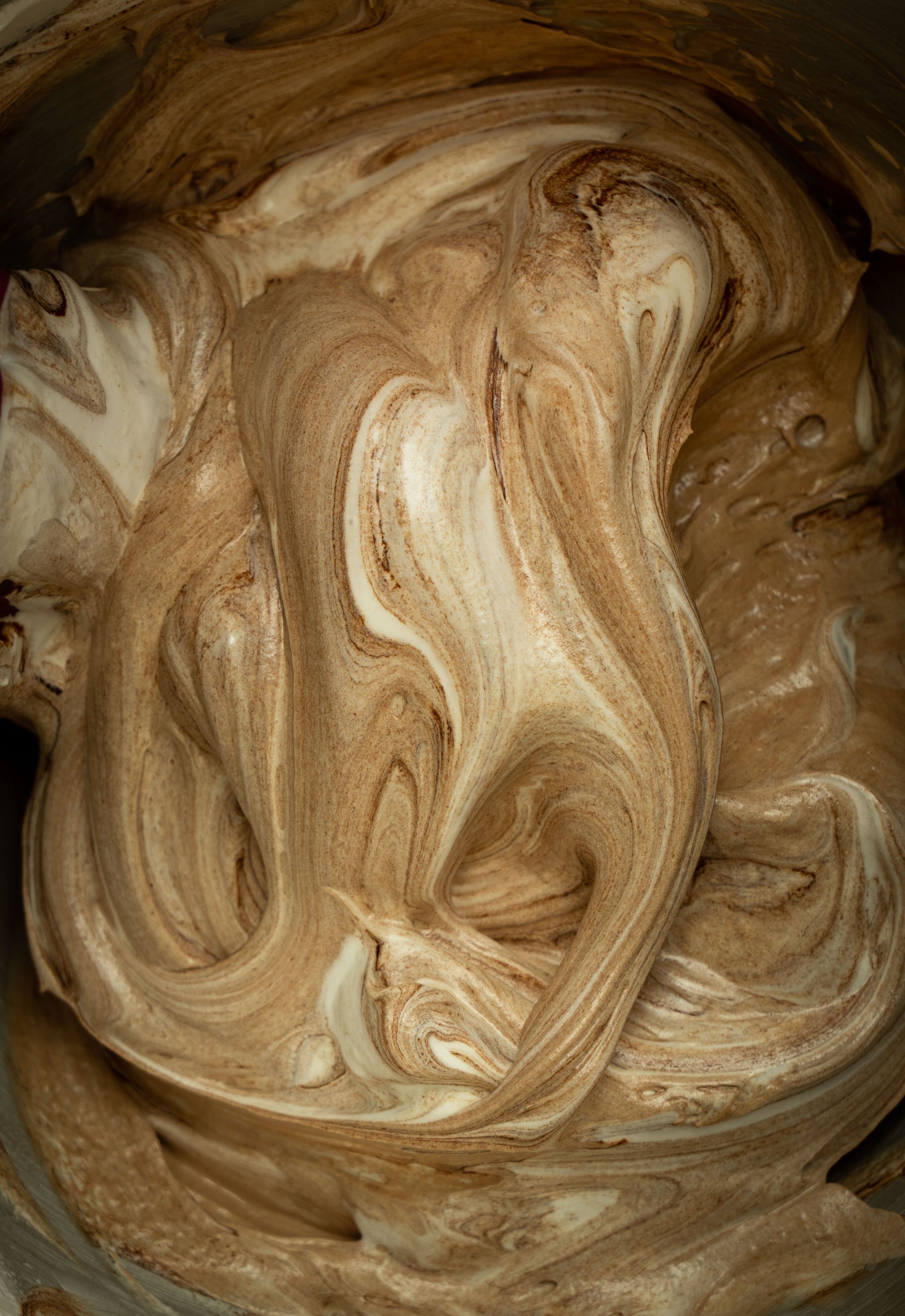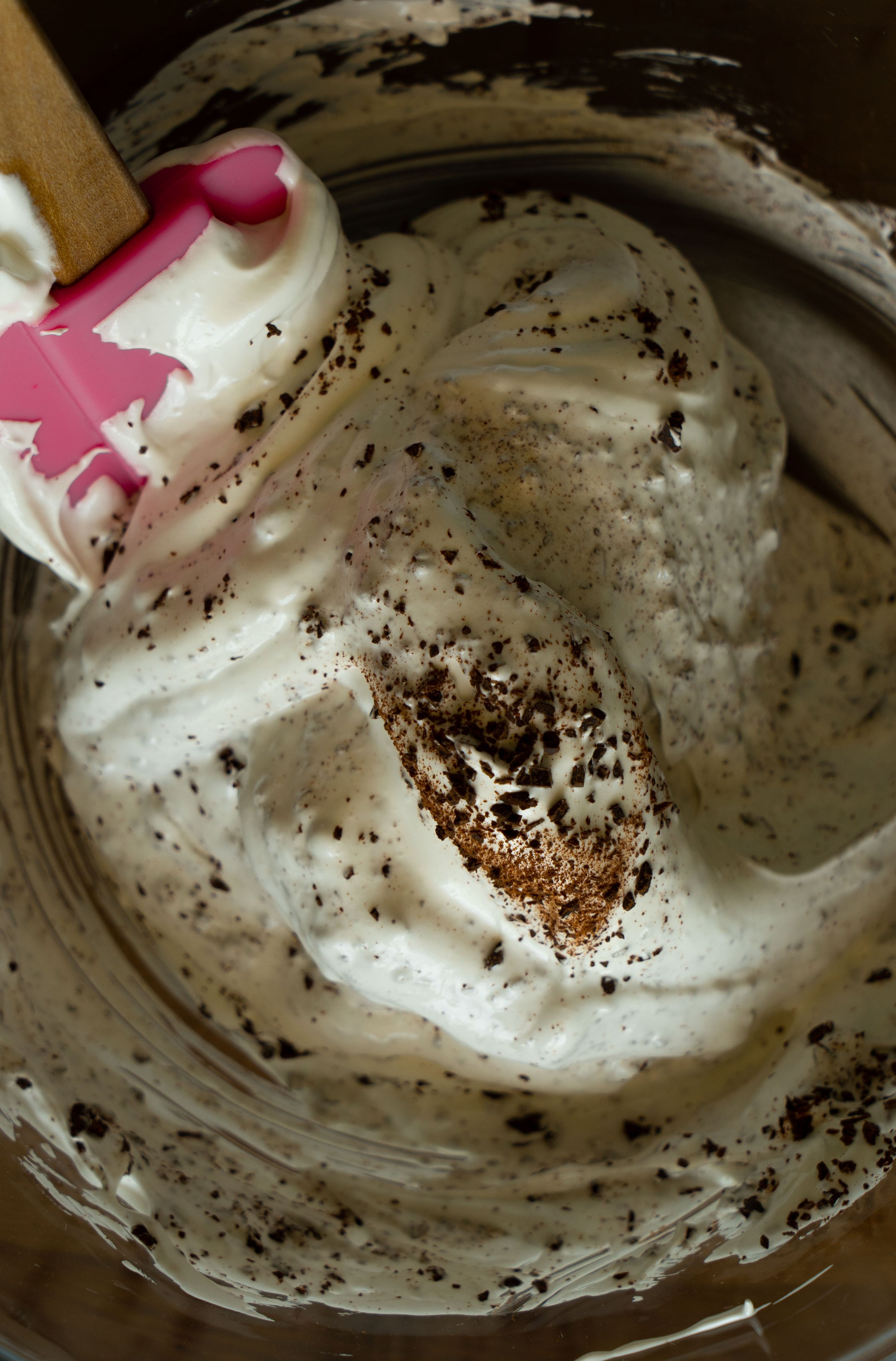Chocolate meringues // Frederic Nutts chocolate biscuits from 1790
Probably one of my favourite things to bake are biscuits (or cookies for the Americans out there). They keep for a while in the pantry, can be frozen for an emergency pick me up when you are out of grape juice and, most importantly, they are usually small so I don’t feel too guilty for having one in the afternoon. For this reason and the fact that I recently got a pretty two tier biscuit stand that needs populating, I decided to look at some of the old biscuit recipes in my cookbook collection and to keep it in theme with the previous post, the biscuits will be the chocolate kind.
Chocolate puffs from John Farley cookbook The London Art of Cookery and Housekeepers Complete Assistant from 1783.
After comparing different chocolate biscuit recipes, there appears to be one firm favourite for the 18th century English cookbook authors - a chocolate meringue. Though they didn’t call them meringues back then. They were called either chocolate biscuits or chocolate puffs. The most popular recipe is a rather questionable one where you beat one egg white and mix in 225 grams of sugar!!! For perspective the usual egg white to sugar ratios for a modern meringue are 1:25 (grams) and 1:50 (grams), depending on the application and desired result. Foamed egg whites on their own are very fragile so to stabilise them sugar is added. The more sugar you add, the crisper your meringues will be, however you will also compromise on the lightness. So to add 225 grams (1/2 pound) of sugar to one (or sometimes two) whipped egg whites is a curious thing. Many recipes also call for fine sugar. That could be because ordinary granulated sugar won’t dissolve properly in the meringues and will leave weepy syrup spots on them. I like to use caster sugar to avoid this.
There are also recipes that don’t instruct you to whip the egg whites, which could mean that the author presumes you know to do it or that I am completely mistaken and it is not meant to be a meringue style biscuit at all. Entirely possible. The older the recipes the more assumed knowledge is left out of the instructions and more guesswork we need to do.
Chocolate biscuit recipe from anonymous cookbook The Complete Confectioner from 1790
Lastly most recipes generally call for the chocolate to be scraped or pounded very finely, which I presume would resemble cocoa powder. However my eye caught a recipe where you melted the chocolate first and that is what I decided to try first. The recipe comes from the Frederic Nutts cookbook The Complete Confectioner which was published anonymously in 1790. It called for 1/4 pound of melted chocolate, 1 pound sugar and 8 egg whites, I however quartered the amount.
Chocolate meringues
Version I
100 grams sugar, I used caster sugar
30 grams chocolate, melted and cooled (90% dark chocolate)
4 egg whites
Beat the egg whites till stiff peaks, adding gradually the sugar when soft peaks appear, then fold in the chocolate. I piped various sizes of the meringues on the same pan and cooked them all together at 110°C. I first checked them at 1 hour mark. The smaller ones were fairly dried out with only the middle being soft, the bigger ones definitely needed a lot more time. I checked on them couple of times more and in total left them in the oven for two hours. The larger ones were still not completely dried out as you would normally want but the small ones were. So I called it good enough and let them cool down in the oven with the door left slightly open.
Interestingly when I tried on of the smaller ones on the day I baked them, they were fully dry and the texture was rather dense and crisp as you would expect with the higher sugar ration. However! The next day the texture changed. The outside was still dry but the inside had become soft, a little fudgy and a little clingy to the teeth but not overly unpleasant. I actually left them on the table uncovered for about a week and the biscuits dried even further. While the outside remained dry, the inside while still a little soft and fudgy, lost it tendency to cling to the teeth. I actually really liked them but unfortunately at this point I realised that I accidentally did my maths wrong and should have used 2 egg white instead of 4. So I made two more versions.



Version II
110 grams sugar
30 grams chocolate, melted and cooled (90% dark chocolate)
2 egg whites
Version III
100 grams sugar
30 grams chocolate, grated (75% dark chocolate)
2 egg whites
For the second version I did what I meant to do for the first one and used 2 egg whites for the same amount of sugar and chocolate. Lastly I thought I would follow some of the other recipe directions and use a finely chopped chocolate. For scientific purposes, of course. Both meringues were baked at the same time at 110°C for 1 1/2 hour. The later came out lighter and had more melt-in-your-mouth feel. That being said, both of them were quite nice and I wouldn’t be ashamed to serve them to any guests. They are nice on their own, or can be added in different other dishes. Eaton mess perhaps?
If you would like to try this recipe for yourself I would suggest using dark chocolate. Firstly, in the 18th century people didn’t have milk chocolate so it would be more authentic. Secondly, because of the high sugar content I think the meringues would benefit from more bitter chocolate.
Till next time,
L.
Sources
Books
Corriher, Shirley O., Bakewise. The Hows and Whys of Successful Baking with over 200 Magnificent Recipes, Scribner, New York, 2008
Farley, John, The London Art of Cookery and Housekeepers Complete Assistant, Dublin, 1783
McGee, Harold, On Food and Cooking. The Science and Lore of the Kitchen, Scribner, New York, 2004
Nutt, Frederic, The Complete Confectioner, London, 1790
Additional information
In case you are interested I used the Bahen & Co house blend (90%) and their Guatemala (75%) chocolate bars.









